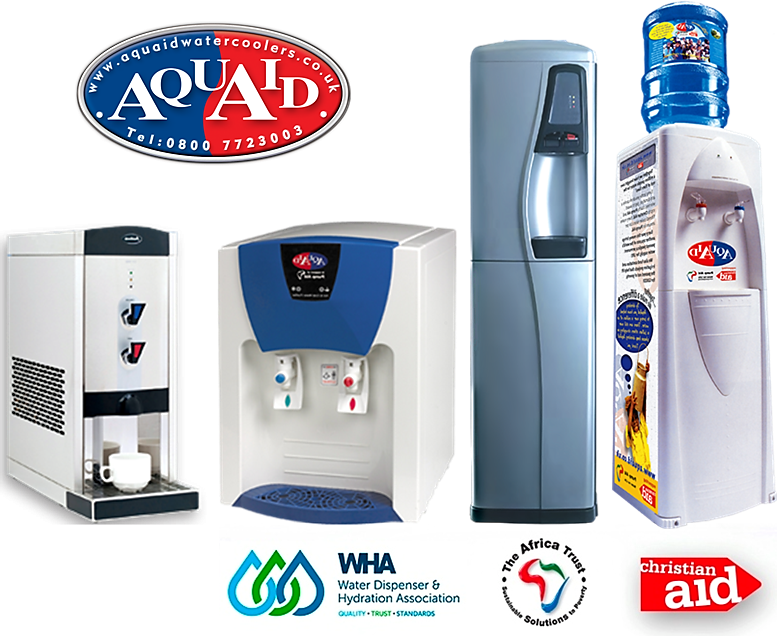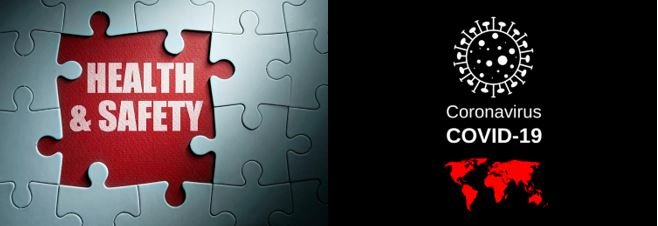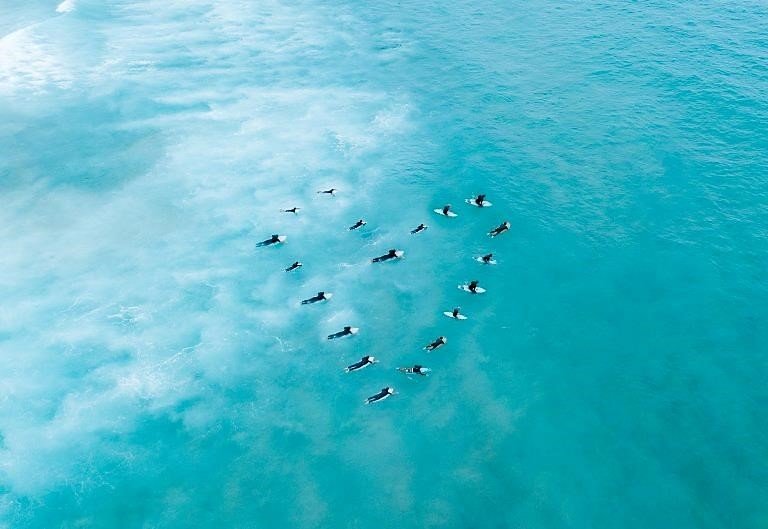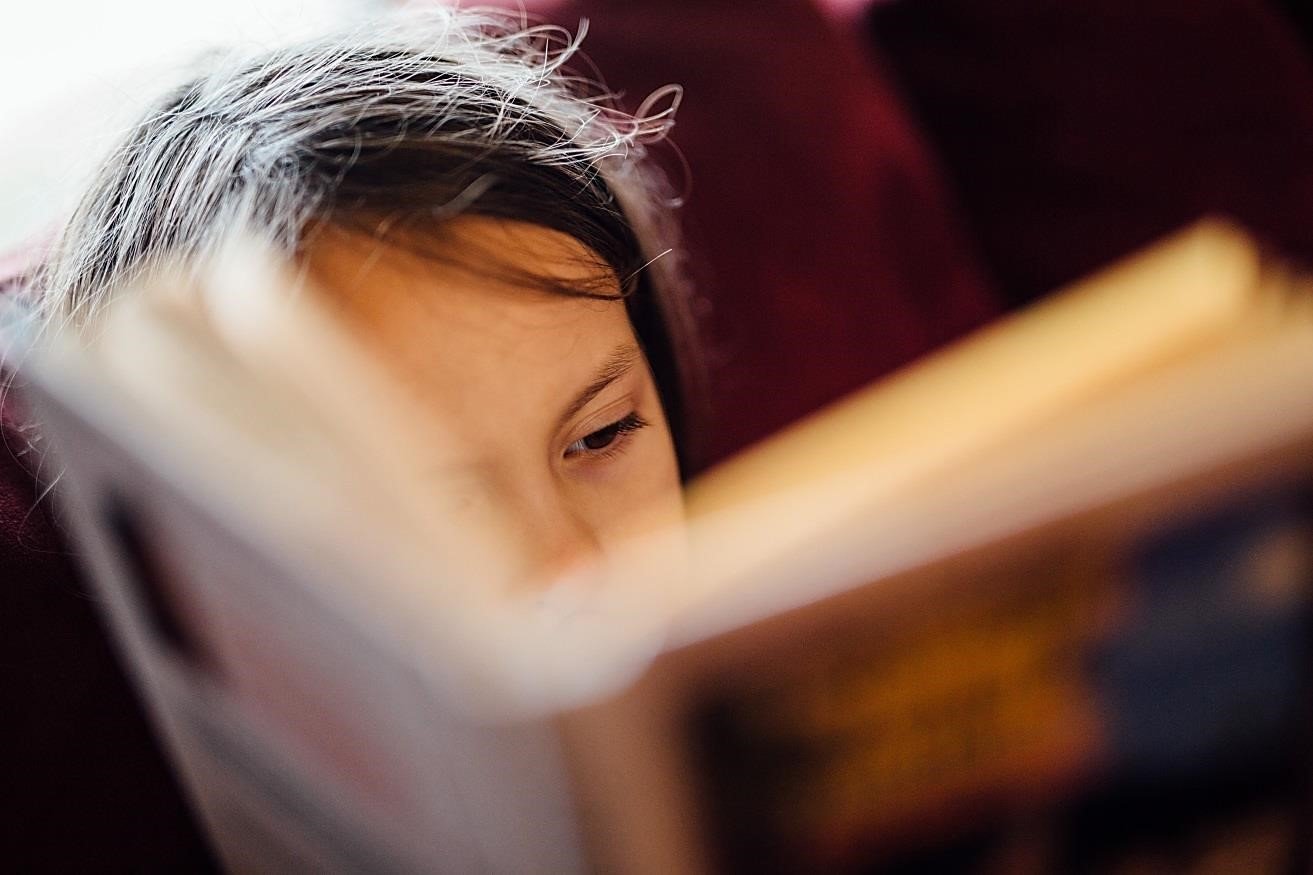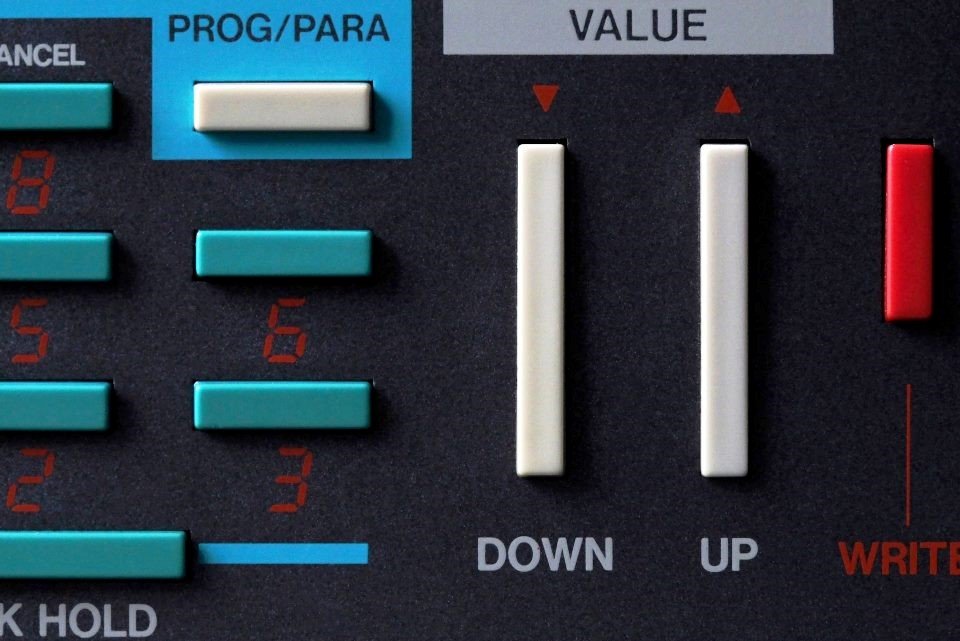
How AquAid Value Adds Benefit Our Customers
When you’re looking to install a water cooler, no matter the size of your office or workspace, speak to us at AquAid.
Here’s why:
- We have 22 years of experience in the provision of water coolers
- AquAid is local to you. With 23 distribution centres across England, Northern Ireland and Scotland, AquAid are well placed to manage all your water cooler and dispenser needs, no matter where you are. This means we’re able to attend to and action your requests, orders, deliveries and queries quickly and efficiently. Moreover, with dedicated personnel and efficient systems at each branch, we ensure you receive the best quality service at all times.
- As a business, we are always cognisant of the impact on our environment and continuously strive to minimise our carbon footprint. These efforts include switching over to paperless billing systems (e-mail invoicing) through to giving our customers the best advice about whether the installation of a mains-fed or bottle-fed water cooler will best meet your organisation’s drinking water needs.
- We place a high importance on corporate social responsibility (CSR). In this regard, since the inception of the AquAid business, we have collaborated with charities that provide sustainable solutions to poverty and aid in emergency relief where needed. This means by using AquAid as your water cooler supplier, you are bringing life changing solutions and creating more sustainable futures to millions of people in need.
- An added bonus of these charitable donations is that your participation is generally passive – the donations we make to both The Africa Trust and Christian Aid stems from our water cooler sales. However, we do encourage our customers, through various campaigns, to spread the word about how your water cooler purchases are making a substantial difference in others’ lives.
Telephone us on 0800 772 3003 or contact us at our website today to find out more about how we can provide you with tailor-made drinking water dispenser solutions.

